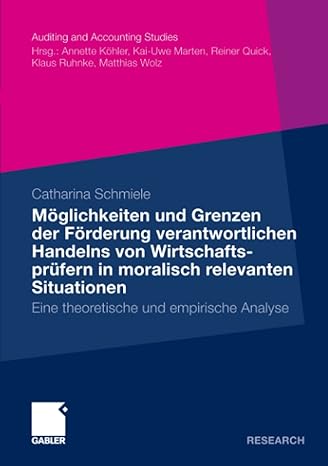Economic Value Added Washington Company has two divisions: the Adams Division and the Jefferson Division. The following information pertains to last year's results: Washington's actual cost of capital was 13% Required: 1. Calculate the EVA for the Adams Division. If required, enter a negative EVA as a negative number by entering your answer with the minus sign. 2. Calculate the EVA for the Jefferson Division. If required, enter a negative EVA as a negative number by entering your answer with the minus sign. 3. Conceptual Connection: is each division creating or destroying wealth? Adams Division Jefferson Division 4. Describe generally the types of actions that Washington's management team could take to increase Jefferson Division's EvA? a. Increase the after-tax operating profit that is generated from using the same amount of invested capital. b. Continue to generate the same after-tax operating profit but use less capital to do so. c. Continue to generate the same after-tax operating profit using the same amount of capital, but with a lower cost of capital. d. Decrease the after-tax operating proft that is generated from using the same amount of invested capital. e. Continue to generate the same after-tax operating profit but use more capital to do so. Economic Value Added Washington Company has two divisions: the Adams Division and the Jefferson Division. The following information pertains to last year's results: Washington's actual cost of capital was 13% Required: 1. Calculate the EVA for the Adams Division. If required, enter a negative EVA as a negative number by entering your answer with the minus sign. 2. Calculate the EVA for the Jefferson Division. If required, enter a negative EVA as a negative number by entering your answer with the minus sign. 3. Conceptual Connection: is each division creating or destroying wealth? Adams Division Jefferson Division 4. Describe generally the types of actions that Washington's management team could take to increase Jefferson Division's EvA? a. Increase the after-tax operating profit that is generated from using the same amount of invested capital. b. Continue to generate the same after-tax operating profit but use less capital to do so. c. Continue to generate the same after-tax operating profit using the same amount of capital, but with a lower cost of capital. d. Decrease the after-tax operating proft that is generated from using the same amount of invested capital. e. Continue to generate the same after-tax operating profit but use more capital to do so







